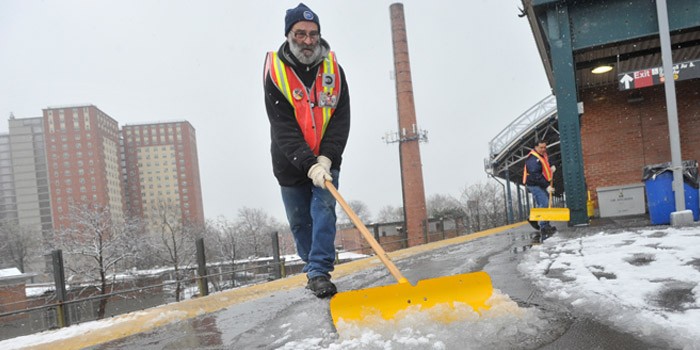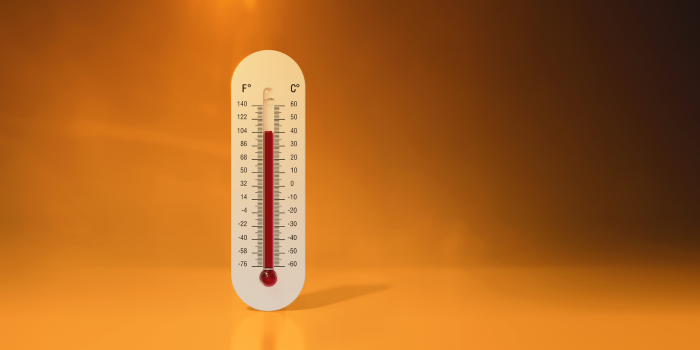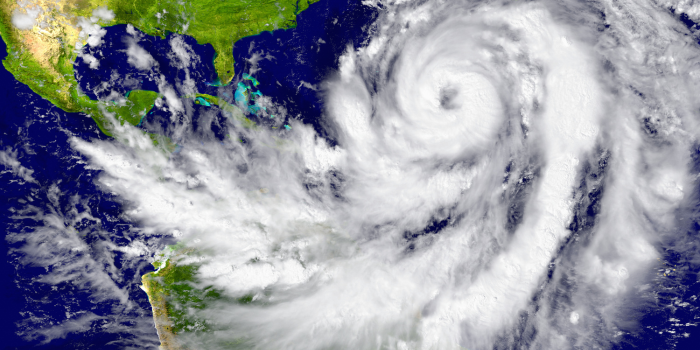U.S. Department of Labor Urges Employees and Employers to Be Aware of Potential Snow Removal Hazards

WASHINGTON, D.C. – January 23, 2018 – With massive winter storms and frigid temperatures severely impacting the East Coast, the U.S. Labor Department’s Occupational Safety and Health Administration (OSHA) is urging all those involved in snow removal and cleanup to take precautions and focus on safety.
Workers performing snow removal operations may be exposed to serious hazards, including slips and falls while walking on snow and ice. Other storm recovery work hazards include being struck by vehicles, carbon monoxide poisoning from misuse of generators, hypothermia, and being injured by powered equipment.
RELATED OSHA and the National Association of Women in Construction Renew Alliance, OSHA Launches Application To Electronically Submit Injury And Illness Data, OSHA to Delay Enforcing Crystalline Silica Standard in the Construction Industry, OSHA Issues Final Rule Updating Walking-Working Surfaces Standards and Establishing Fall Protection Systems Requirements
Those working outdoors may also be at risk of cold stress, including first responders who are on duty for long periods of time. Anyone working outside for prolonged periods may experience cold stress with mild symptoms, such as shivering while remaining alert. Moderate to severe symptoms include when the shivering stops, confusion, slurred speech, heart rate/breathing slowness, and loss of consciousness. When the body is unable to warm itself, serious cold-related injuries may occur, such as frostbite.
A full list of winter storm hazards and safeguards is available at http://www.osha.gov/dts/weather/winter_weather/index.html.
Under the Occupational Safety and Health Act of 1970, employers are responsible for providing safe and healthful workplaces for their employees. OSHA’s role is to ensure these conditions for America’s working men and women by setting and enforcing standards, and providing training, education and assistance.
Disqus website name not provided.









































